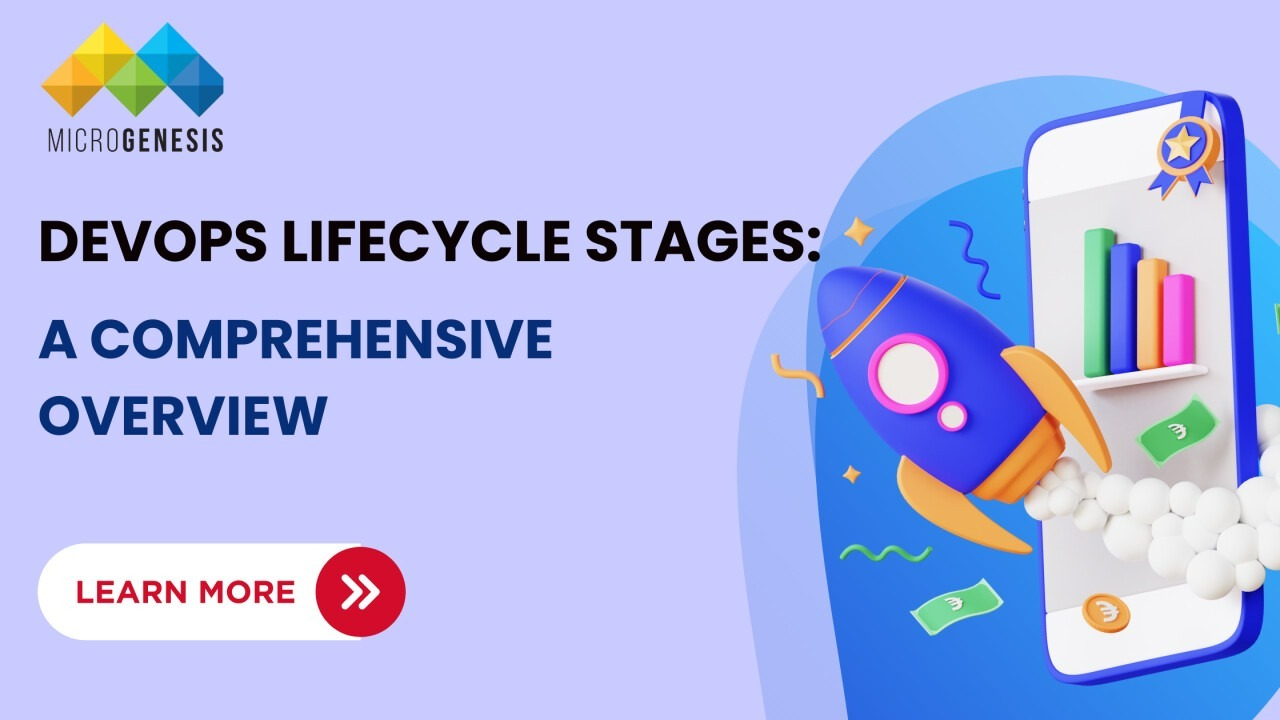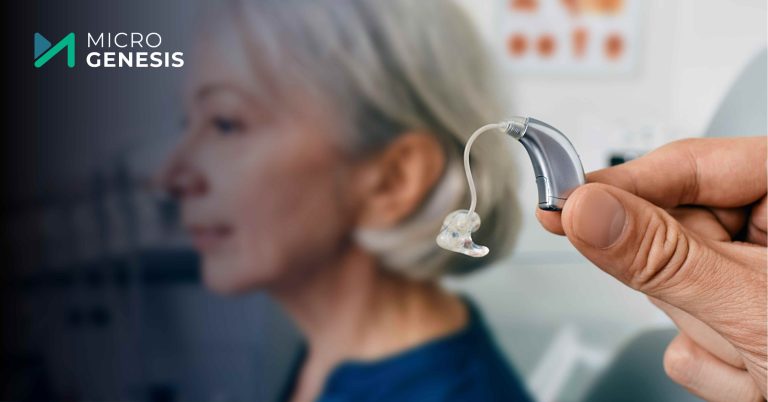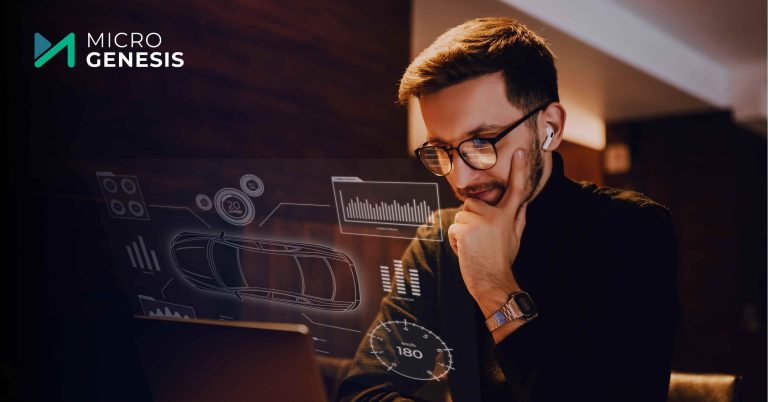Ever wondered how big tech companies release new features so fast and keep them top quality? It’s all around the DevOps workflow. The stages of the DevOps lifecycle support merging and automating software development (Dev) with IT operations (Ops). Leveraging expert DevOps consulting services can help you implement and optimize these practices for your own organization.
But why is this so important in today’s world?
In 2023, the global DevOps market was valued at over $10.4 billion, and it expects an annual growth rate of 19.7 % to reach $25.5 billion by 2028. This tremendous rise comes because businesses have to deliver quickly while making their operations smoother.
Research showed that 83% of IT executives adopt DevOps for better quality work and faster software delivery. This proves that DevOps is much more than just being trendy; it does make a difference.
So what are these stages within a typical devops cycle? Why do some succeed where others fail? The answer lies in knowing what each stage involves as well as how best they can be done – keep reading!
What is the DevOps Lifecycle?
The devops lifecycle is a set of actions or steps that combines software development with information technology operations (IT). These include planning, coding, building, testing, releasing(deployment), operating and monitoring. The aim for every stage is to foster collaboration which results into speedy delivery while ensuring continuity throughout the process.
Let us take Netflix for example:
Netflix had lots of data to handle besides serving millions users with uninterrupted videos streaming experience hence there arose a need for adopting various devops practices such as changing DevOps processes involved and DevOps software development life cycle.
Netflix introduced continuous integration and continuous delivery (CI/CD) pipelines. This meant they could push updates quickly and reliably. They used a microservices approach and containerization, making their services more scalable and reliable. As a result, Netflix saw huge improvements:
- More Frequent Deployments: Netflix now deploys code thousands of times a day. Before DevOps, it took months to deploy new code. Now, it’s done in minutes.
- Better Reliability: Tools like Chaos Monkey helped Netflix find system weaknesses by randomly shutting down instances in production. This ensured the system could handle failures without affecting users.
- Scalability: During peak times, like when a popular show is released, Netflix can efficiently scale its infrastructure. Containerization helps them handle traffic spikes without service interruptions.
Thanks to these practices, Netflix grew its subscribers from 12.3 million in 2009 to over 278 million in Q2 2024. Their ability to deploy updates quickly and reliably has been key to staying ahead.
The DevOps workflow at Netflix shows how mastering the stages of the DevOps lifecycle can lead to greater agility and efficiency.
What are the Different Phases of the DevOps Lifecycle?
Understanding the DevOps lifecycle stages is key to integrating development and operations smoothly. These stages help with continuous delivery, better teamwork, and faster project completion.
Knowing each phase well can make a big difference in your DevOps success.
Planning
First is planning. Here, teams set project goals, define the scope, and make timelines. Tools like Jira or Trello help manage tasks and ensure everyone knows their role. Planning involves regular meetings to refine objectives and make sure the team understands what and why they are building it.
Coding
Next is coding. Developers write the application’s code. They use version control systems like Git to manage changes and work together. The focus is on writing clean, efficient code. Peer reviews and automated tests help maintain high quality.
Building
In the building phase, the written code is compiled into executable files. Continuous integration (CI) tools like Jenkins automate this process, ensuring quick integration and testing of code changes. This helps catch and fix issues early.
Testing
Testing is crucial. Automated tools like Selenium run various tests to ensure the application works as expected. This phase includes unit, integration, and performance tests. Testing catches bugs before they reach production, ensuring stability and reliability.
Releasing
Releasing involves deploying the application to a production-like environment for final tests. Tools like Docker help manage containers and orchestrate deployments. The goal is a smooth transition from development to production.
Deploying
Deployment is the actual launch. The application goes live for users. Continuous deployment (CD) tools like Spinnaker automate this, allowing for quick updates. Monitoring is set up to track performance.
Operating
Operating involves maintaining the live application. This includes monitoring performance, handling issues, and making updates. Tools like Nagios are used to monitor the system. The goal is smooth and efficient operation.
Monitoring
The final phase is monitoring. Tools track performance and user experience. This involves gathering metrics to identify issues and areas for improvement. Feedback informs future development and operations.
Additional Phases for DevSecOps
Adding security to each phase of the DevOps lifecycle phases brings DevSecOps. This makes security part of the DevOps stages from the start.
- Threat Modelling: Identify security threats early.
- Static Code Analysis: Check code for security issues during coding.
- Automated Security Testing: Add security tests to the CI/CD pipeline.
- Security Patching: Apply the latest security patches during release and deployment.
- Incident Response Planning: Prepare for security incidents and define response plans.
- Continuous Monitoring: Monitor for security threats in real-time.
- Compliance Checks: Ensure compliance with industry standards and regulations.
These extra phases ensure your DevOps process is not only fast and efficient but also secure. By including these practices, you can protect your applications from security risks while keeping the benefits of DevOps.
Learn more about What Is DevSecOps and How Does It Work? here.
Best Practices for the DevOps Lifecycle
Using best practices in the DevOps lifecycle stages helps with smooth operations, better teamwork, and continuous delivery. These practices boost performance, keep quality high, and allow for quick changes.
Automation
Automation is key in DevOps. Automate tasks like code integration, testing, and deployment. Tools like Jenkins can automate these processes, saving time and reducing errors. This lets teams focus on complex tasks and keeps everything consistent.
Continuous Integration and Continuous Deployment (CI/CD)
CI/CD is vital for fast and reliable software delivery. Continuous integration means merging code changes often and testing them automatically. Continuous deployment ensures changes pass through automated tests and go live without manual steps. This reduces issues and speeds up delivery.
Monitoring and Logging
Monitoring and logging are crucial. Use tools like Prometheus and Grafana to track performance and system health. Logging tools like ELK Stack (Elasticsearch, Logstash, Kibana) help analyse logs and spot issues early. Continuous monitoring helps fix problems quickly.
Collaboration and Communication
Good collaboration and communication are essential. Use tools like Slack or Microsoft Teams to keep everyone connected. Regular updates and meetings ensure everyone knows what’s happening. Good communication helps resolve issues fast.
Infrastructure as Code (IaC)
IaC means managing infrastructure through code. Tools like Terraform and Ansible automate setting up infrastructure, making it consistent and reducing errors. IaC makes scaling and managing infrastructure easier.
Security Integration
Security should be part of every DevOps phase. Known as DevSecOps, this approach ensures security isn’t an afterthought. Use automated security tests and regular audits to find and fix vulnerabilities early. This protects the application from threats.
Continuous Improvement
DevOps is about continuous improvement. Regularly review processes to find areas to improve. Use feedback from monitoring and users to make better decisions. Continuous improvement helps teams stay agile and responsive.
7 Cs of DevOps
The DevOps workflow can be understood through the 7 Cs. These stages help explain the key parts of successful DevOps.
| 7 Cs of DevOps | Description |
| Continuous Planning | Set project goals, scope, and timelines. Regularly adjust plans. |
| Continuous Coding | Write clean, efficient code. Use version control systems like Git. |
| Continuous Integration | Automate code changes integration. Use CI tools like Jenkins. |
| Continuous Testing | Run automated tests to ensure quality. Use tools like Selenium. |
| Continuous Deployment | Automate the deployment process. Ensure smooth transitions. |
| Continuous Monitoring | Track performance and user experience. Use tools like Prometheus. |
| Continuous Feedback | Gather feedback from monitoring and users. Use it to improve processes. |
Final Thoughts
Mastering the DevOps lifecycle stages is crucial for high performance and agility in software development. By following best practices and understanding the 7 Cs of DevOps, teams can ensure smooth operations, effective collaboration, and continuous improvement. Engaging a digital transformation consultant can further enhance these efforts, providing expert guidance and tailored strategies for optimizing your DevOps processes.
Reach out to MicroGenesis for a demo. We’ll guide you through implementing these practices in your own workflow. This will make sure your DevOps process is efficient, secure, and responsive to changes. MicroGenesis, as one of the top DevOps solution providers, ensures that your team is equipped with the best tools and strategies for success.











